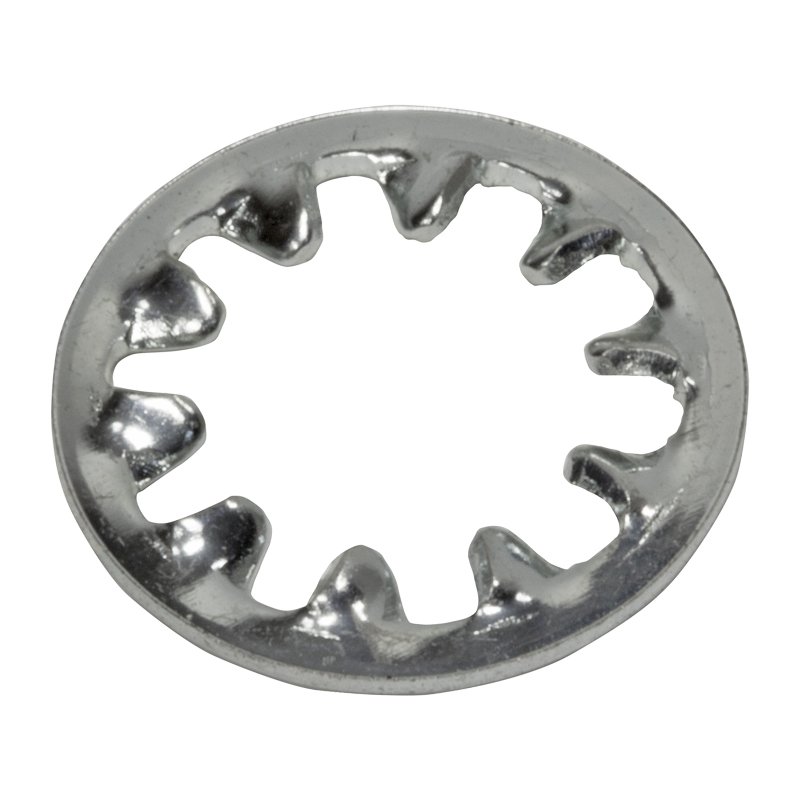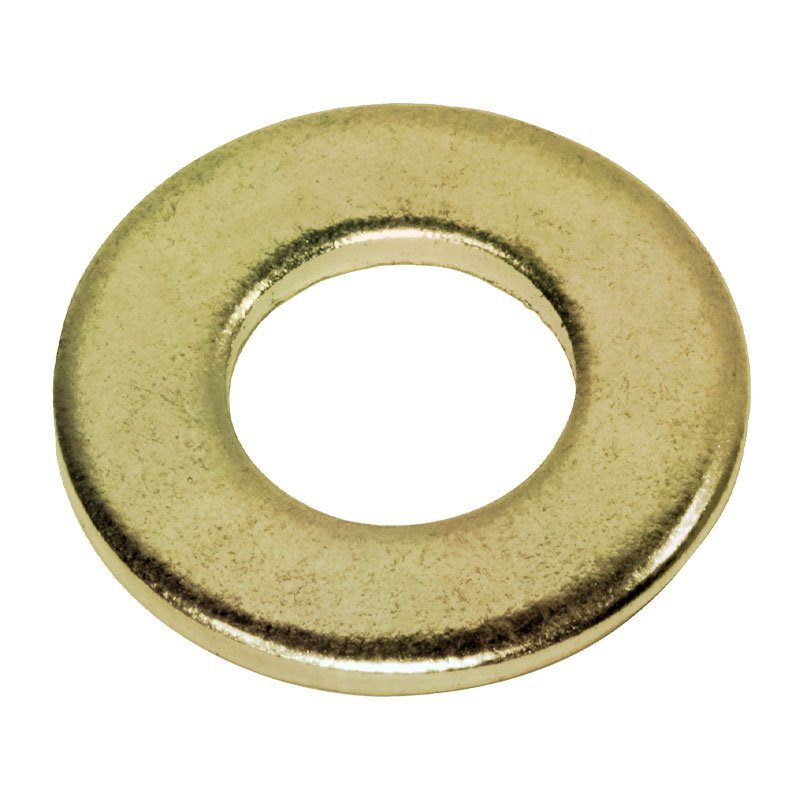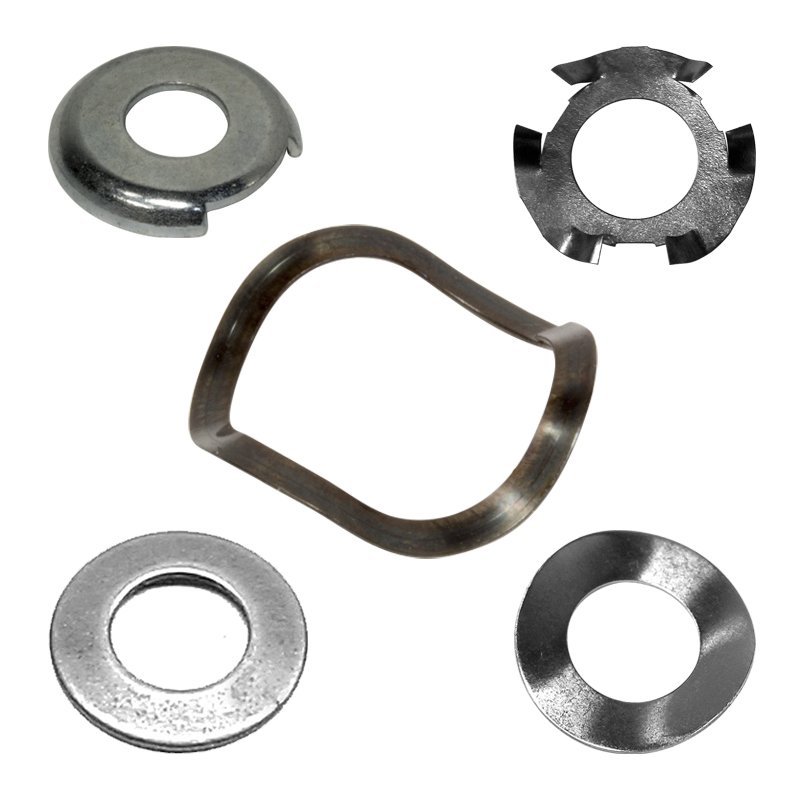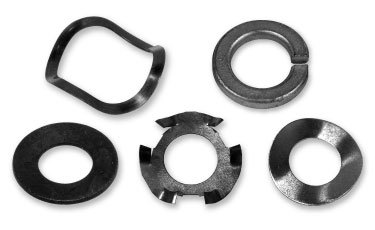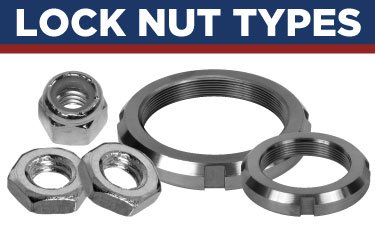Split Lock Washers
Introduction to Split Lock Washers
Split lock washers - also known as split ring washers - are a
type of lock washer that is helically split ring with open ends that dig into its partnering fastener and joint material to reduce counterclockwise rotation. Their primary function is to prevent fasteners in light-duty applications from unintentionally backing out. In a typical split lock washer application, a
bolt is placed into the hole of the mating surface made of a soft material (wood, soft metals, etc.). On the underside of the surface, the split washer would be placed over the threads followed by a
nut that would compress the washer against the material. As the split ends compress, they create tension. This tension acts as a resilient locking mechanism, ensuring that the bolt remains securely in place and resist light vibration.
Application Considerations
Split lock washers offer an essential locking mechanism to lower load-bearing applications that experience vibration. Consider the following factors before implementing them.
- Material Compatibility: These washers are meant to dig into softer materials, so it's important to understand the mating material's composition.
- Size Matching: The inner diameter of the washer should match the diameter of the bolt for optimal performance.
- Load Distribution: While these washers provide locking functionality, they may not distribute load as evenly as flat washers. Consider using them in conjunction with flat washers in higher-load applications; this combination will not allow the lock washer to dig into the mating material, but it will still offer the tension of the closed split ends.
- Environmental Factors: Think about the environment of the given application - will the washer be exposed to natural or chemical corrosive elements? If so, choose a material and finish that will offer the most relevant corrosion resistance.
- Temperature Fluctuations: Be cautious when using these washers in applications with extreme temperature changes, as this can affect its tensioning ability.
- Reusability: While they can be reused, it's essential to inspect the washers for wear or deformation. A worn-out washer may not provide the desired locking effect.
Benefits
There are several important advantages that split lock washers offer that make them an ideal choice in relevant applications.
- Cost-Effective: Split lock washers are an affordable solution to enhance the security of bolted connections.
- Vibration Resistance: They help prevent bolt loosening in light-duty applications prone to vibrations.
- Easy Installation: No special tools or techniques are required for installation.
- Compact Design: Their slim profile ensures they don't add significant bulk to assemblies.
- Reusability: When these fasteners are properly maintained, they are reusable as long as the spring tension locking effect is still intact.
Are Split Lock Washers Effective?
Like anything, these washers are effective in the appropriate setting. They are designed to dig into softer materials and resist vibration in light-duty applications. Do not use them in settings that will exceed their performance thresholds. When they are exposed to vibration within their performance expectations, loosening is significantly reduced.
Do I Need a Flat Washer with a Split Lock Washer?
This depends on whether you want to protect the mating material or not. If you don't want the lock washer to dig into it, then you need to install a flat washer between the two components. This will cut down on the lock washer's hold, but it will still produce the tension of the split being forced shut.
Difference Between Split Lock Washers and Wedge Lock Washers
These two washers serve a similar function (to resist vibration and loosening), but
wedge lock washers are designed to withstand heavier-duty loads. The entire assembly features two washers with cams and light adhesives on the internal sides and wedges on the outside sides. When the washer experiences vibration, the internal ridges are forced against each other and interlock into place, making it impossible to loosen.

